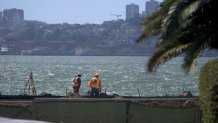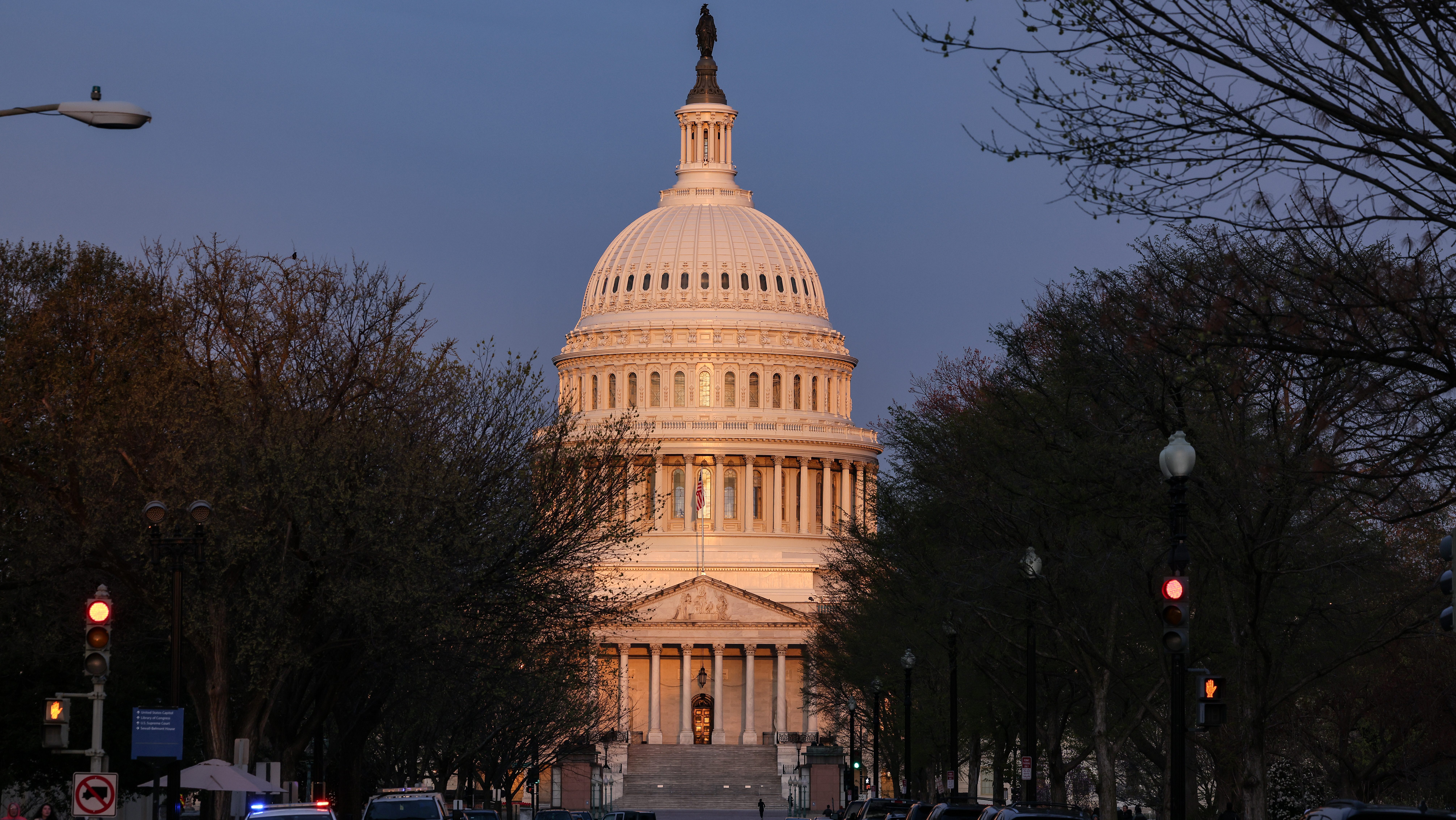With scientists predicting sea level rise of up to 10 feet in the next 80 years in the Bay Area, there are signs at least some of those dire forecasts are sinking in as cities and developers brace for the future.
In projects from San Jose to Marin, planners are building levees, raising buildings, and at least thinking about how to mitigate traffic issues that will likely arise along with sea level flooding. But experts say others haven’t quite gotten the message yet.
“There are a lot of places around the Bay Area that are very vulnerable to sea level rise,” said UC Berkeley professor Kristina Hill, who studies rising sea levels.

Among the major projects that have already infused sea level planning into their designs is San Francisco’s Pier 70 redevelopment by Brookfield Properties, which will transform the former industrial ship repair facility on the central waterfront into a hip new 28-acre waterfront neighborhood with sprawling parks, new residential buildings and repurposed historic structures.
“So when we were designing all of the parks, the streets and the buildings,” said Brookfield Senior Director Kelly Pretzer, “we took into account the predicted sea level rise for 2100.”
Scientists predict seas will rise between 4 and 10 feet by the year 2100. Pretzer said the developers of Pier 70 decided to target the high estimate and are raising buildings and roads 10 feet across the site. Even historic Building 12, which was built in 1941 and where metal plates were fabricated for ships, will come up 10 feet.

“When we were designing the project back 10 years ago, we knew that accommodating sea level rise was an important mandate,” Pretzer said.
U.S. & World
News from around the country and around the globe
The massive redevelopment of Treasure Island in the middle of San Francisco Bay is also getting rebuilt with sea level rise in mind. The plans call for new buildings to be raised up, and a sea wall will eventually be built along the island’s edge — but only after seas begin to rise.
Professor Hill said people only need to look to the impacts during King Tides — occasional extreme high tides created by the gravitational forces of the moon and sun — to see what sea level rise will look like. During those events, areas like highway exits in Marin County have been known to flood. Hill said with sea level rise, those kinds of floods will only intensify and become more frequent.

“We’re going to see problems at the airports that are going to affect our economy,” Hill said. “We’re going to see problems at the highways that are going to affect our choices about where we live and where we work.”
Among the urban centers forecast to be hardest hit is the Canal neighborhood of San Rafael, where dense, low-income apartments abut the San Rafael Creek.
“The whole San Rafael valley floor is at risk of flooding presently,” said Jeff Rhoads of the nonprofit sea level watchdog Resilient Shore. “And unfortunately, the people that are at the bottom wrung of our economic ladder are most at risk.”
Rhoads cautioned that roads in Marin County already prone to flooding will only see more issues as sea levels rise. He said there are also concerns about the impact of eventual flooding along the path of the new SMART train. Rhoads said his group is working with city planners to develop a roadmap for the future. But he said that planning will require a source of funding.
“So one of our greatest challenges right now is to find funds to engage the community and do a shore resiliency plan,” Rhoads said.
Hill said levees and sea walls are not a fix-all to the problem but that the Bay Area should look to communities in Holland and Germany, where people are developing projects like floating apartments in urban areas to acommodate sea level rise.
“I think we should be a region of the innovators,” Hill said, “and take our reputation on software as a region and make that our reputation on sea level rise.”



